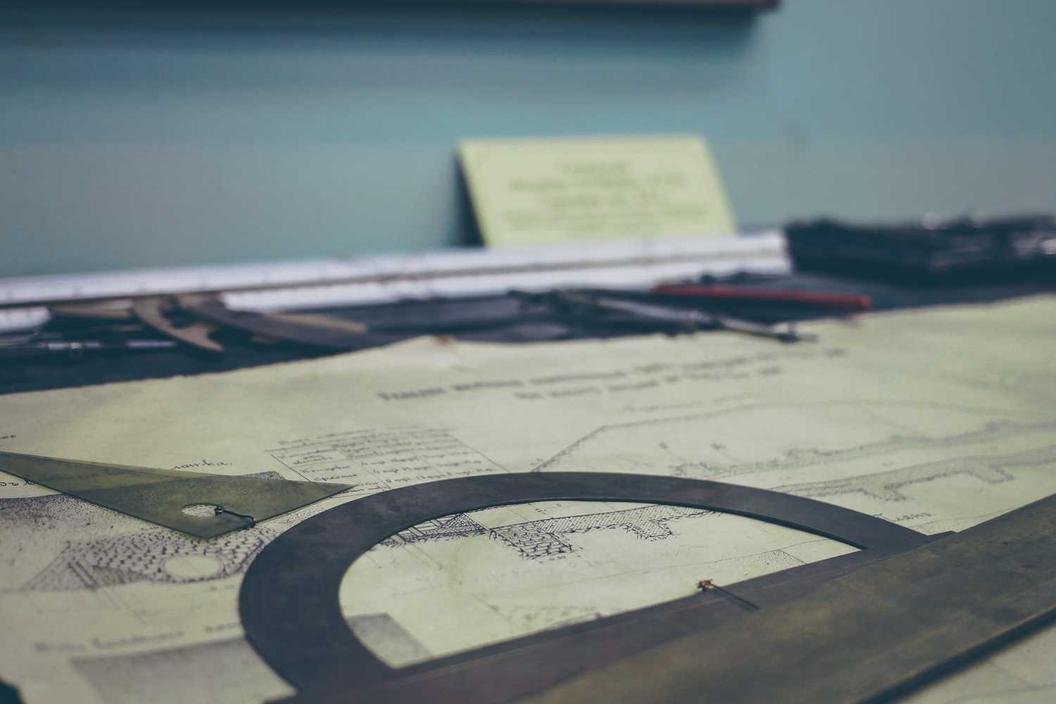Contact Us
(828) 538-2040Who Really Foots the Bill for Home Inspections?
Imagine you’re on the verge of purchasing your dream home. The excitement is palpable, but then it hits you: “Who pays for the home inspection?” This question might seem mundane, yet it holds significant weight in the home-buying process. Let’s dive in together and uncover the nuances of who typically bears this cost, as well as the financial implications involved.
The Basics of Home Inspections
A home inspection serves as a vital checkpoint in the home-buying journey. It provides potential buyers with a comprehensive overview of the property’s condition, flagging issues that may need addressing. Generally, a professional will assess aspects like the roof, plumbing, electrical systems, and even the foundation. According to recent studies, around 85% of prospective homebuyers choose to have an inspection conducted, believing it saves them from future headaches and unexpected costs.
Who Typically Pays for It?
The common practice is that the buyer pays for the inspection. However, this isn’t written in stone. In some cases, especially in competitive markets, sellers might offer to cover inspection costs to make their property more enticing. For example, in a heated market like Asheville, North Carolina, a seller might include this perk to stand out among multiple offers, effectively easing the financial burden on buyers.
Buyers: Be Prepared!
If you’re buying a home, budget for this anticipated expense, which can range between $300 to $500, depending on the size of the property and its location. It’s a small price to pay for the peace of mind that comes with understanding the true condition of your potential new home.
What Happens If the Inspection Reveals Issues?
Picture this: You’ve fallen in love with a charming bungalow only to find during the inspection that the roof needs to be replaced. What now? Armed with the inspection report, you can negotiate repairs or adjustments in the sale price. A savvy buyer knows that this is not just about financial transactions; it’s about protecting your investment. Did you know that homes with undisclosed issues can lose up to 20% of their value once sold? Avoiding the pitfalls of unforeseen repairs can ensure you maintain the home’s worth.
The Importance of Negotiation
Let’s illustrate this with a real-world scenario: Suppose a family discovers significant mold during their inspection. They might request that the seller address the issue before finalizing the sale. This not only protects their health but also fortifies their investment. In fact, inspections can save buyers an average of $15,000 in unexpected repair costs down the line.
Alternatives and Add-ons
While most homebuyers stick to standard inspections, consider additional options such as radon testing or pest inspections. Some buyers opt for these to uncover hidden threats that standard inspections may overlook. Investing a little more upfront can safeguard you from even bigger expenses later.
The Bottom Line
Understanding who pays for home inspections is crucial for anyone navigating the housing market. While it’s typically the buyer’s responsibility, various factors—like market dynamics and seller incentives—can influence this. By being proactive and informed, you can turn this pivotal moment into a powerful advantage in your home buying journey. Imagine how empowered you’ll feel knowing you’ve taken every step to protect your future.
Big Hills
Author




